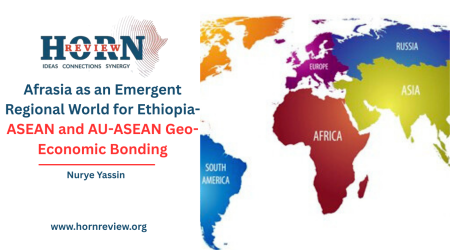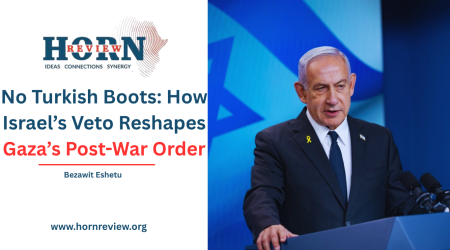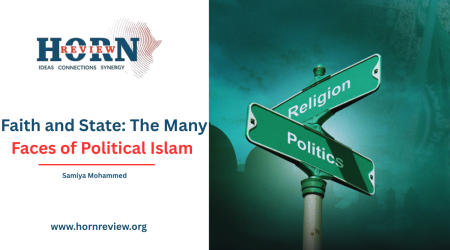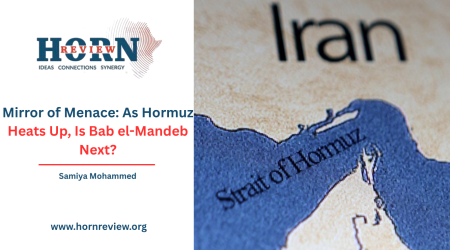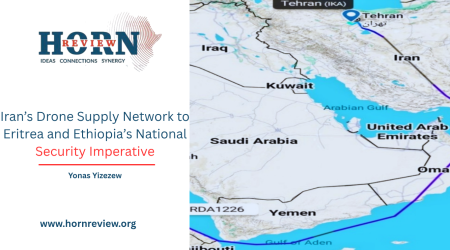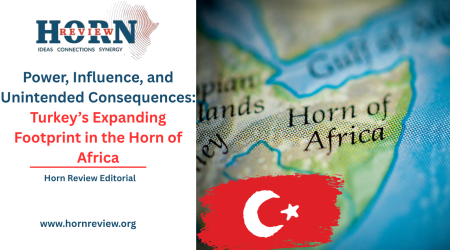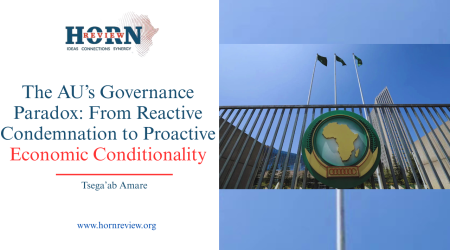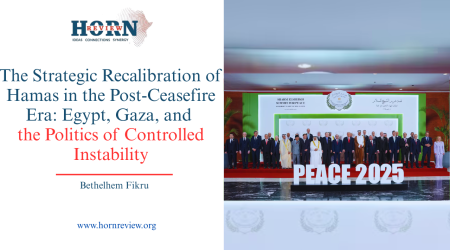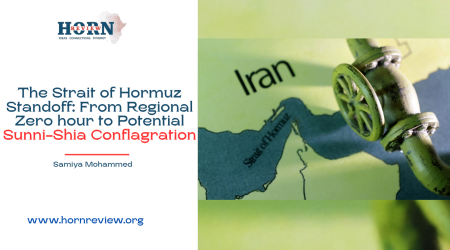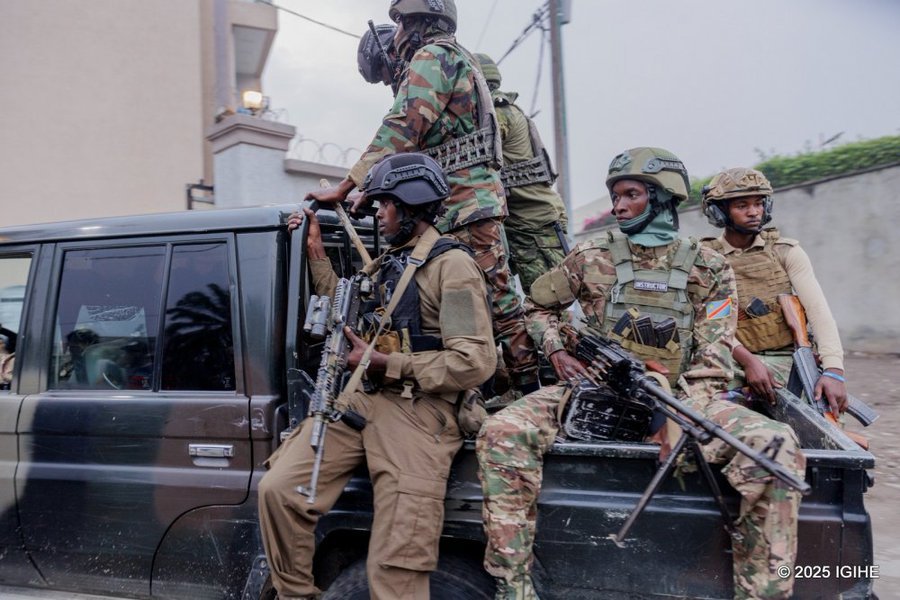
18
Feb
Rebel Triumph, Diplomatic Rupture: Is War Between DRC and Rwanda Inevitable?
After 13 years, the M23 rebel group has once again captured the city of Goma in eastern Democratic Republic of the Congo (DRC). Home to approximately two million residents, Goma is a crucial regional hub for trade, security, and humanitarian efforts. This development is alarming, as it significantly undermines ongoing peace efforts and raises the specter of renewed conflict.
The Origins of M23 & Rwanda’s Alleged Involvement
The name M23 refers to the March 23, 2009, peace accord that aimed to resolve a previous uprising in eastern DRC led by ethnic Tutsis. The agreement included provisions for disarmament, demobilization, and the reintegration of fighters into the national army. However, the accord quickly unraveled, with M23 accusing the DRC government of failing to uphold its commitments, particularly regarding the full integration of Congolese Tutsis into the national army and administration. The group reignited its rebellion in 2022, leading to its latest military gains.
To fully understand M23’s resurgence, one must examine the broader historical context. The group traces its roots back to the 1996 conflicts that followed the Rwandan Civil War and genocide. After the rise of a Tutsi-led government in Rwanda, Hutu militias, including the infamous Interahamwe, fled to eastern Zaire (now DRC), establishing bases in refugee camps from which they launched attacks into Rwanda. These incursions, often supported by the Zairian Armed Forces, targeted Congolese Tutsis, prompting the formation of armed groups like M23 to defend their communities.
Rwanda, which shares a border with the M23-controlled region, has faced repeated accusations of supporting the rebel group. According to UN experts, thousands of Rwandan troops are reportedly operating alongside M23 fighters, constituting a violation of DRC’s sovereignty and territorial integrity. These claims have led to the severing of diplomatic ties between DRC and Rwanda. Since 2022, both nations have accused each other of launching rockets, violating airspace, and engaging in covert military actions. The rising tensions have fueled fears that DRC may formally declare war on Rwanda, potentially escalating the conflict into a full-scale regional crisis.
A Humanitarian Catastrophe
The ongoing war in DRC is already regarded as the bloodiest conflict since World War II, with dire humanitarian consequences. Reports indicate widespread atrocities against civilians, destruction of property, and rampant sexual violence. The fighting has forced hundreds of thousands to flee their homes, with approximately 600,000 Congolese refugees seeking shelter in neighboring countries. Meanwhile, two million children are at risk of starvation, and 4.5 million people have been displaced. The crisis underscores severe breaches of humanitarian and human rights law, demanding urgent international intervention.
The Future of DRC: A Nation at a Crossroads
The Democratic Republic of the Congo remains a poignant example of an unstable post-colonial African state—rich in resources but crippled by persistent conflict. The ethnic divisions that transcend national borders continue to exacerbate tensions rather than foster regional cooperation. Without a genuine commitment to open dialogue, reconciliation, and regional diplomacy, the prospect of lasting peace remains elusive.
The capture of Goma by M23 raises critical questions: Will the DRC and Rwanda plunge into open war? Can the international community broker a sustainable peace? Or will history continue to repeat itself, trapping the region in an endless cycle of violence? The answers to these questions will shape not only the future of DRC but the stability of the entire Great Lakes region.

